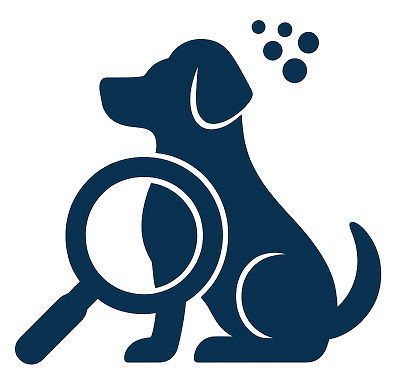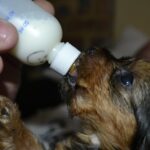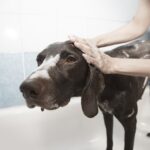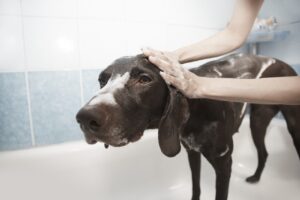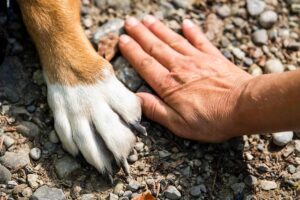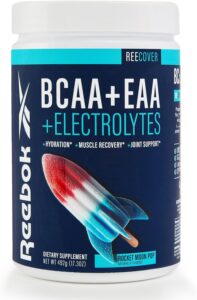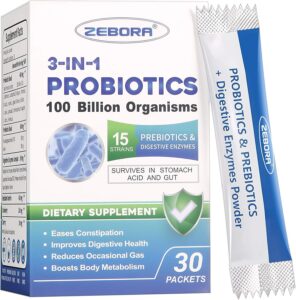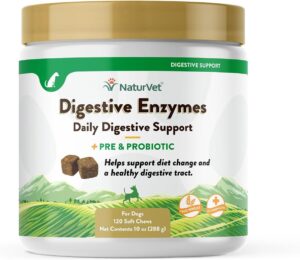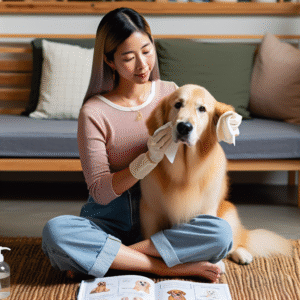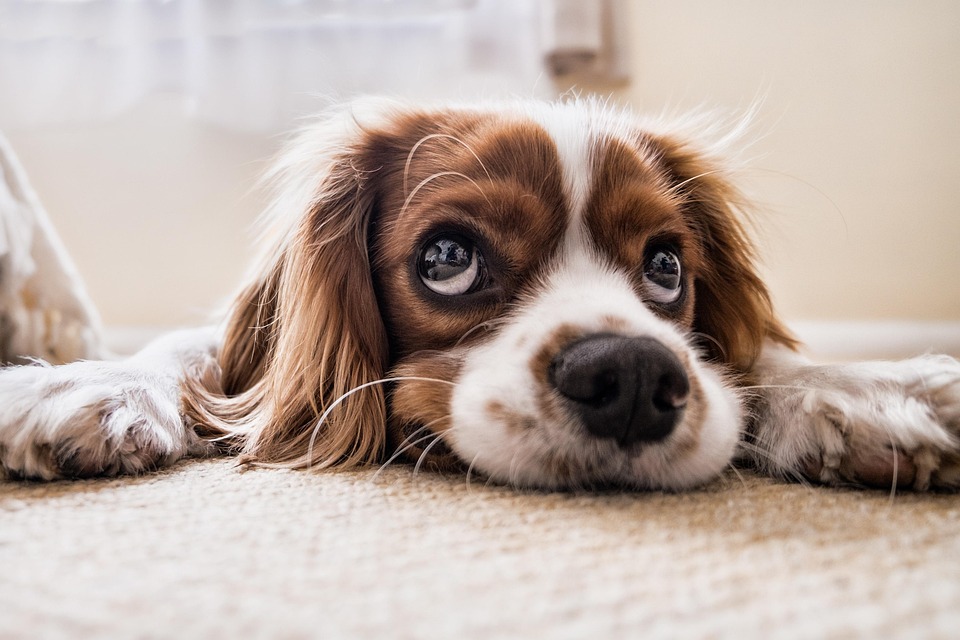
Ensuring your dog’s ears are clean is a critical part of their overall grooming and hygiene routine. Clean ears not only help prevent infections but also contribute to your dog’s comfort and happiness. Understanding how to effectively clean your dog’s ears can seem daunting at first, but with the right knowledge and tools, it becomes a straightforward process. This ultimate guide will walk you through everything you need to know about dog ear cleaning, from understanding the anatomy of your dog’s ears to selecting the right cleaning products and techniques.
Understanding Dog Ear Anatomy
Before embarking on cleaning your dog’s ears, it’s important to understand their basic anatomy. A dog’s ear consists of three main parts: the outer ear, the middle ear, and the inner ear. The outer ear is the part visible to us and includes the ear flap (pinna) and the ear canal. The ear canal in dogs is L-shaped, which can make it a potential trap for dirt, moisture, and parasites.
The middle ear contains the eardrum and small bones that transmit sound vibrations. The inner ear is responsible for hearing and balance. Most ear cleaning focuses on the outer ear and ear canal, as these are the areas where dirt and wax accumulate.
Why Regular Ear Cleaning is Essential
Regular ear cleaning is crucial for several reasons:
- Preventing Infections: Accumulation of wax and dirt can create a breeding ground for bacteria and yeast, leading to infections.
- Odor Control: Dirty ears can develop an unpleasant smell due to bacteria and yeast growth.
- Pest Prevention: Ear mites and other parasites might find a haven in unclean ears.
- Comfort: Clean ears are less itchy, reducing the chances of your dog scratching and injuring their ears.
How Often Should You Clean Your Dog’s Ears?
The frequency of ear cleaning depends on several factors, including your dog’s breed, ear shape, lifestyle, and existing health conditions. Dogs with floppy ears, like Cocker Spaniels and Basset Hounds, might require more frequent cleanings due to reduced air circulation, which can promote moisture build-up. Dogs that swim frequently or have allergies may also need more regular ear care.
Generally, inspecting your dog’s ears weekly and cleaning them every two to four weeks is a good rule of thumb. However, always tailor the frequency to your dog’s specific needs and consult your veterinarian for personalized advice.
Signs Your Dog’s Ears Need Cleaning
It’s essential to recognize when your dog’s ears need a thorough cleaning. Look out for the following signs:
- Discharge: Any discharge, especially if it’s dark or has a bad odor, indicates a need for cleaning.
- Redness or Swelling: Inflamed ears can be a sign of infection or irritation.
- Scratching or Head Shaking: Frequent scratching or head shaking can indicate discomfort or itching due to dirty or infected ears.
- Unpleasant Odor: A strong smell is often a sign of bacterial or yeast growth.
Choosing the Right Ear Cleaning Products
Using the right products is crucial for effective ear cleaning. Here are some tips for choosing safe and effective dog ear cleaners:
- Veterinary-Recommended Cleaners: Opt for products recommended by veterinarians, as they are typically safe and effective for regular use.
- Avoid Human Products: Never use hydrogen peroxide, alcohol, or vinegar, as these can irritate your dog’s ears and cause further issues.
- Look for Natural Ingredients: Natural ingredients like aloe vera and chamomile can soothe the skin and promote healing.
Step-by-Step Guide to Cleaning Your Dog’s Ears
Now that you’re equipped with the right knowledge and products, it’s time to clean your dog’s ears. Follow these steps for a safe and effective cleaning process:
Prepare Your Supplies
- Ear cleaning solution
- Cotton balls or pads
- Soft towel
- Treats for rewarding your dog
Choose a Calm Environment
Pick a quiet and comfortable spot where your dog feels relaxed. This will make the process easier for both you and your pet.
Inspect Your Dog’s Ears
Gently lift your dog’s ear flap and examine the ear canal for signs of discharge, redness, or swelling. If you notice severe redness or suspect an infection, consult your veterinarian before proceeding.
Apply the Ear Cleaner
Hold the ear flap upright and carefully apply the ear cleaning solution into the ear canal. Follow the product instructions for the correct amount to use. Avoid inserting the bottle tip too deep into the ear.
Massage the Ear Base
Gently massage the base of the ear for 20-30 seconds. This helps the cleaning solution break down debris and wax inside the ear canal.
Let Your Dog Shake
Allow your dog to shake his head. This action helps to dislodge any debris and excess solution from the ear canal.
Wipe Away Debris
Use a cotton ball or pad to wipe away any visible debris from the outer ear. Avoid inserting anything deep into the ear canal, as this can cause injury.
Reward Your Dog
After the cleaning process, reward your dog with a treat and praise to create a positive association with ear cleaning.
When to Consult a Veterinarian
While regular ear cleaning is essential for maintaining ear health, certain situations require veterinary attention:
- Persistent Symptoms: If your dog shows signs of an ear infection, such as ongoing scratching, redness, or discharge, consult your vet for treatment.
- Severe Odor: A strong, foul odor may indicate a bacterial or yeast infection.
- Pain or Discomfort: If your dog shows signs of pain during cleaning, stop immediately and consult a veterinarian.
Conclusion
Effective dog ear cleaning is a vital part of your pet’s hygiene routine. By understanding your dog’s ear anatomy, recognizing when cleaning is needed, and using the right products and techniques, you can prevent infections and ensure your dog’s comfort and well-being. Remember, each dog is unique, so tailor your ear cleaning routine to their specific needs and consult your veterinarian if you have any concerns.
With patience and care, ear cleaning can become a stress-free experience for both you and your furry friend, contributing to their overall health and happiness.
#ChatGPT assisted in the creation of this article.
